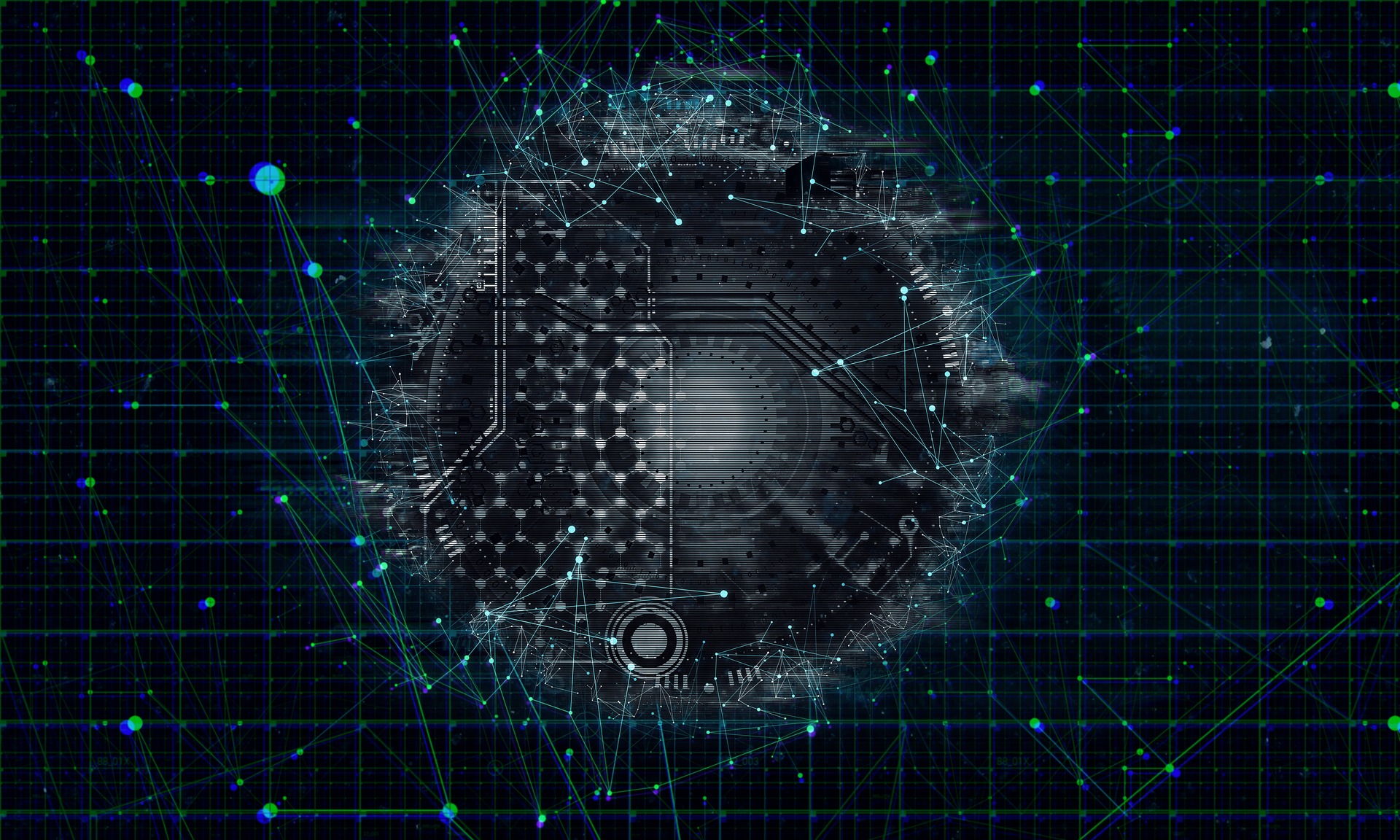"The Intricacies and Impact of Photonic Computing: Light-Based Computing on the Horizon"
In a world where speed is everything, and where seamless connectivity has become a necessity, a new star has risen on the horizon of computing technology—Photonic Computing. This nascent technology, which uses light particles or photons instead of electrons for processing, is poised to transform the face of the tech world, offering unprecedented speed and efficiency.

Delving into the Past: The Birth of Photonic Computing
The concept of using light for computing isn’t a new one. It took root in the 1960s when scientists began exploring the idea of optical communication, leveraging the superior speed of light for data transmission. The invention of the fibre optic cable in 1970 marked the first practical application of this concept, enabling faster and more efficient data transfer. However, it wasn’t until the advent of the 21st century that the idea of Photonic Computing began to take tangible shape, with increasing research focused on developing light-based processors and memory.
Today’s Scenario: The Current State of Photonic Computing
Fast forward to today, and this field has witnessed significant advancements. Notably, in 2020, a team of European researchers made a significant breakthrough by developing the world’s first photonic processor. This processor, made entirely of light, can process information up to 20 times faster than its electronic counterparts, unlocking new potential in areas like quantum computing and AI.
Despite these strides, Photonic Computing is still in its infancy, with several technical challenges to overcome. For instance, creating photonic components small enough for practical use yet able to resist heat and maintain stability is a significant challenge.
Market Impact: The Future of Photonic Computing
Given its potential, Photonic Computing is poised to have a significant impact on various sectors. In the consumer electronics space, it could lead to the creation of ultra-fast, energy-efficient devices that could redefine user experience.
As for the price range, it’s too early to predict precisely how much photonic devices will cost. However, given the high production costs associated with photonic components, initial pricing could be steep. Over time, as production scales up and technology advances, prices are expected to decrease, making photonic devices accessible to a broader audience.
In The Promise of Photonic Computing
Photonic Computing is more than just a new technology—it’s a beacon of hope for a future where data processing is faster, more efficient, and more sustainable. While there are hurdles to overcome, the potential benefits are too significant to ignore. As we continue to push the boundaries of what’s possible, the dawn of the Photonic Computing era seems closer than ever before.
As we stand on the precipice of a new technological revolution, one thing is clear: the future of computing is bright, quite literally.




